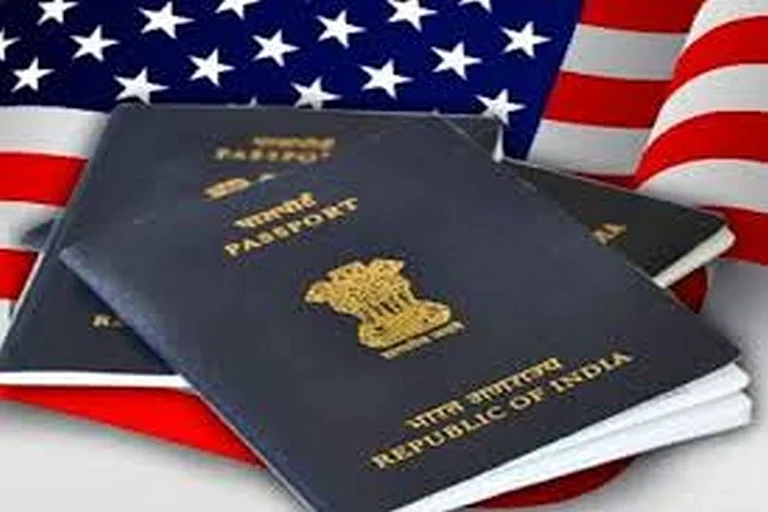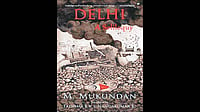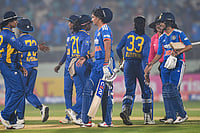The night after a writer kills herself for reasons unknown to the world, her lover visits the cremation ground and takes away, from amid the embers of her remains, the bone of her index finger. He keeps it as a remembrance, sealed in the false back of his almirah. The skeleton in the cupboard, literally. Until years later, when she finds release in the unlikely precincts of a spa and blithely glides into the lives and secrets of the women inhabiting Near the Nila, the resort by the rising river.
This is Anita Nair territory, her querencia, her familiar world of women and their colliding destinies. Eating Wasps is redolent of one of Nair’s earliest novels, Ladies Coupe. It too had women sharing their life stories in the course of a long train journey. Eating Wasps follows a similar trajectory in laying bare the emotional scars, strengths and vulnerabilities of women. But there’s a significant leap in the treatment, social context and language that Nair deploys as she sensitively tackles child sex abuse, acid attack, social media inroads, the acuity of feelings and vacuity of relationships.
Sreelakshmi is the invisible stringer of tales. The girl who once ate a wasp. The zoology professor who became an acclaimed writer. And now, the ghost-voyeur who observes the women at the resort and their far-from-perfect lives and loves.
There’s Urvashi, the beautiful, sassy-smart professional stifled in a picture-perfect marriage and stalked by an angry lover. Her tart expositions on marriage and adultery don’t hide the vulnerability of a woman caught in a piquant situation. There’s the badminton prodigy, who has thwacked all the hurt of a deprived childhood to aim menacingly for higher glories in sport —and then stumps everyone. There is Najma, who lifts the veil off her scarred face with a quiet resolve to get on with life. And there’s little, innocent Megha, whose unspeakable trauma cuts like a wound.
But it’s in Sreelakshmi that Nair invests much of her ink and intriguing storyline. Malayalam writer Rajelakshmy, whose suicide in 1965 jolted the male-dominated literary world, forms the inspiration behind the character. The story moves back and forth, gliding into the lives of other characters before rushing back to Sreelakshmi, who is alive both in flesh and spirit from beginning to end.
Sreelakshmi is the girl who chose to be different, chasing her dreams and scaling every lofty peak as college topper, academic, admired writer in the Kerala of the 1950s and ’60s. Until love happens; a wanton hopeless one. The shackles that Sreelakshmi had fought against all her life begin to wear her down, till she finally gives up. As she revisits her life that’s long dead, Sreelakshmi ponders: “For the first time, I looked back on my life against the firmament of other people’s lives. For the first time, I wasn’t entirely certain about my choices.”
Such moments of epiphany run through the novel as the women learn to deal with their warts-and-all selves and circumstances. Much like Nair’s storytelling that has its elevated moments, sparkling prose, sombre musings and the odd cloddy digressions too.
























